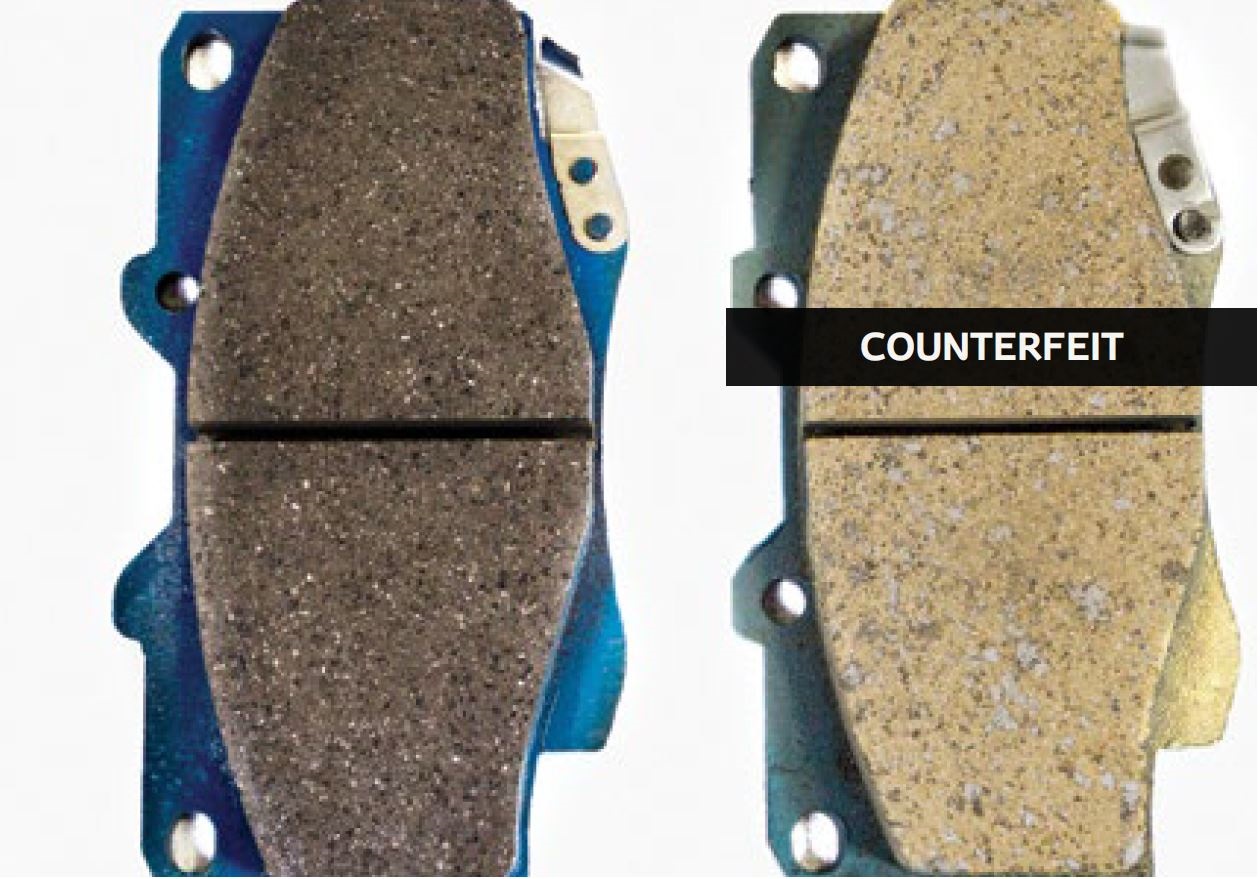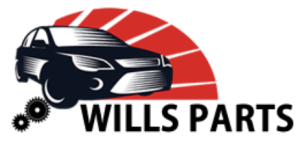Steer Clear of Fakes: A Roadmap to Spotting Counterfeit Car Parts

Your car is your trusty companion on the road, and you want to make sure it receives the best care possible. Utilizing dependable and authentic spare parts whenever a replacement is required is a part of that care. Unfortunately, there are a lot of fake and counterfeit auto components on the market that could endanger the performance and safety of your car. We’ll walk you through the necessary steps in this article to help you spot these knockoffs and make sure your car gets the real stuff.
-
Know Your Source
One of the first steps in identifying counterfeit spare parts is knowing where you’re buying them from. Stick to trusted dealerships, licensed stores, or accredited online merchants. Avoid buying from street vendors or suspiciously low-priced items on online marketplaces since they frequently sell fake goods. This is your cue to buy from WillsParts.
-
Examine the Packaging
Genuine auto components typically arrive in branded packaging with professionally printed and designed branding. Check the packaging for typos, hazy logos, and missing barcodes. Any indications of poor workmanship should raise a red flag because counterfeiters frequently skimp on packing quality.
-
Examine the Product
Examine the spare component directly by checking the material, finish, and markings for any irregularities. Genuine parts are produced to exact standards and using premium components. It’s probably a fake if you see rough edges, uneven surfaces, or subpar craftsmanship.
-
Compare with the Original
If at all feasible, bring the original component along for comparison. This is especially crucial for vital parts like belts, filters, and brake pads. Verify any variations in size, shape, and design. Any variations should set off your alarms. If confused because of the different car brands, check out brand or model-specific variations in cars such as Toyota, Hyundai, etc.
-
Verify Serial Numbers and Labels
Genuine replacement components frequently have labels and unique serial numbers. Compare them to the ones on the packaging and in the owner’s manual for your car. The numbers on counterfeit parts may be altered or generic.
-
Seek Expert Advice
Consult a reputable mechanic or the service department of the car manufacturer if you have any doubts regarding the authenticity of a spare part. They can offer helpful advice and have the knowledge to identify genuine parts. Feel free to contact us should you have any questions or concerns, we would be happy to help!
-
Beware of Unrealistic Prices
Everyone enjoys a good deal, but if the cost of replacement parts is unusually low, it should be taken seriously. A price that seems too good to be true probably is. To sell their bogus parts, counterfeiters frequently lure customers with absurdly low costs.
Maintaining your car’s performance and safety requires the use of genuine and reliable spare parts. Auto parts that are counterfeit or fake put your safety at risk in addition to compromising your vehicle’s performance. You can safeguard your investment and keep your car running well by adhering to the instructions provided in this post. Remember, when in doubt, always consult with experts and stick to trusted sources for your automotive needs.







